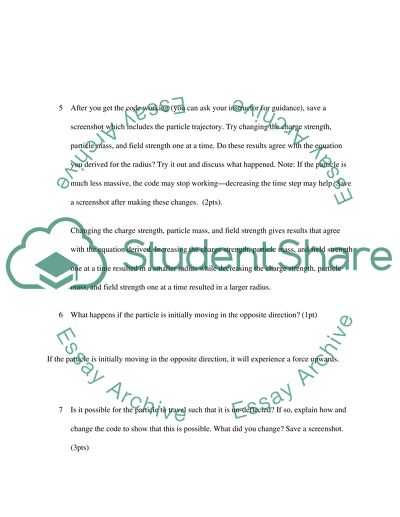Computational Exercise 3 : Cyclotron motion Lab Report. Retrieved from https://studentshare.org/physics/1690644-computational-exercise-3-cyclotron-motion
Computational Exercise 3 : Cyclotron Motion Lab Report. https://studentshare.org/physics/1690644-computational-exercise-3-cyclotron-motion.


